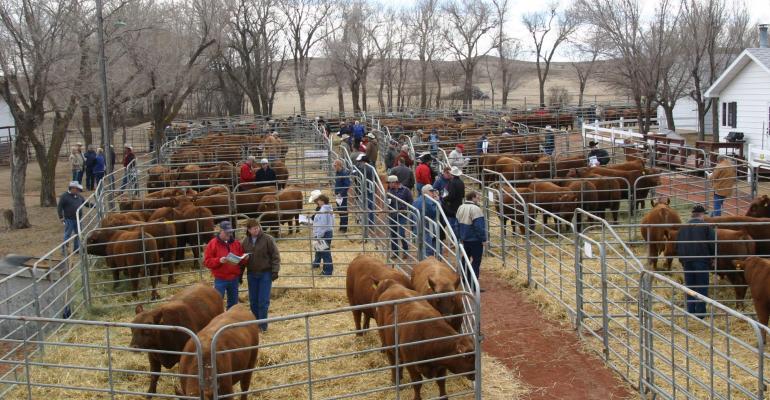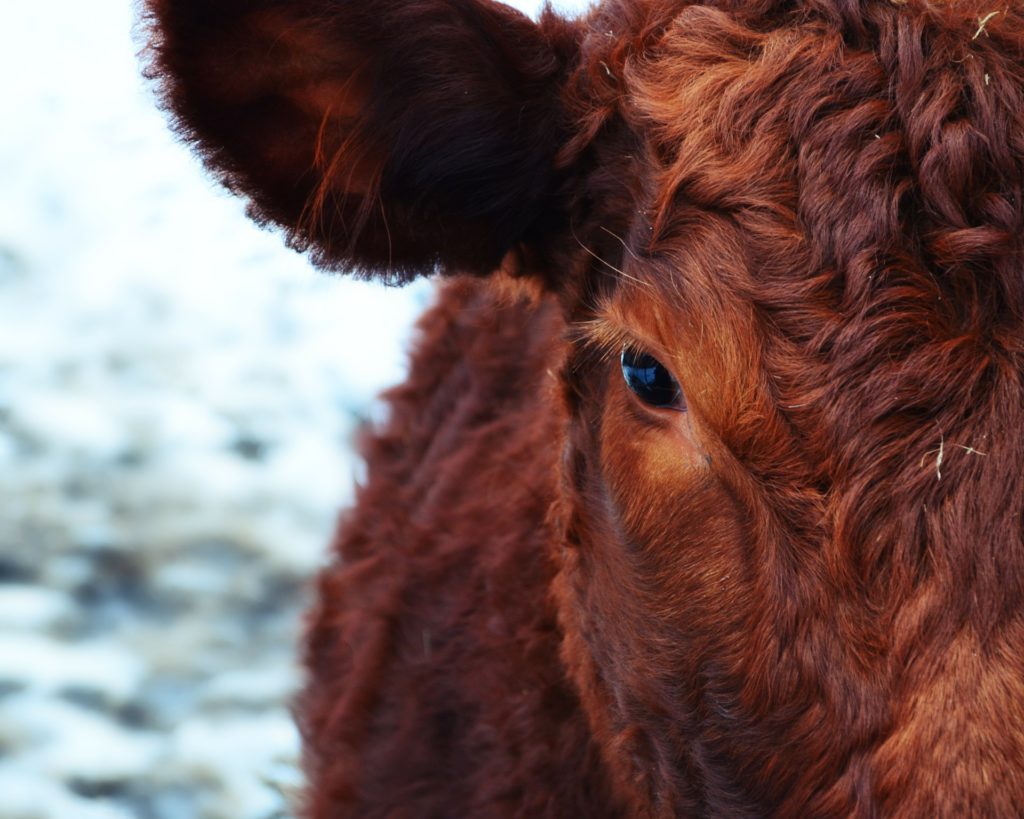BEEF’s genetics survey reveals some interesting points to ponder
Burt Rutherford | Dec 11, 2019
Wintertime is a time of bull sale catalogs competing for space in the mailbox with Christmas cards and offers for another credit card you don’t need. Indeed, perusing bull sale catalogs is a time-honored winter event in many ranch houses.
But with all that data to sift through, what should you focus on? In reviewing the results of BEEF’s recently-completed survey on your thoughts about genetics and how you incorporate genetic and genomic tools, as well as breeds, into your commercial cow-calf operation, one data point jumped out at me.
You’ll read a more complete look at the results of our genetics survey in the January issue of BEEF, in the Seedstock 100 section. What’s more, we plan to dig further into the data in future magazines.
READ: What do genomically-enhanced EPD’s contribute?
For now, however, consider this: We asked what information cow-calf producers require when purchasing a bull. Under the Actual Performance section, 78% of respondents indicated they look at the bull’s birth weight.
That’s fine, but research has told us for many years that the actual birthweight of a bull is a very poor indicator to predict the birth weight of the calves he sires.
I suspect that’s a hold-over from a time long ago when actual performance data was all we had to go by. That’s because:
- 77% report they look at calving ease-direct EPDs
- 71% consider birth weight EPDs
- 52% look at calving ease maternal EPDs
Clearly, the percents add up to more than 100% because of multiple answers. In other words, respondents consider more than one EPD for birthweight and calving ease.
Then throw in the brave new world of genomics, which the geneticists say increases the accuracy of an EPD. That’s helpful because a yearling bull’s EPD, for example, will be a pedigree EPD, a number calculated from the EPDs of his sire and dam. That’s because a yearling bull has no progeny and thus no progeny data to use in the calculation.
Related: EPDs made easy
When we asked if respondents have a good understanding of the genomic (DNA) information offered by seedstock suppliers, 58% said yes and 42% said no. Further, 46% utilize genomic data in their bull selection decisions while 54% don’t.
Clearly, commercial cow-calf producers are using the information that genomically-enhanced EPDs offer to improve the genetics of their cattle. But if the results of this survey are representative, more than half are not.
That presents an opportunity for seedstock suppliers, Extension folks and anybody else involved in the genetics side of the business. A better understanding of the genetic tools you have available to you, and a better understanding of what those figures represent as you peruse those bull sale catalogs, will help you better your cows.








